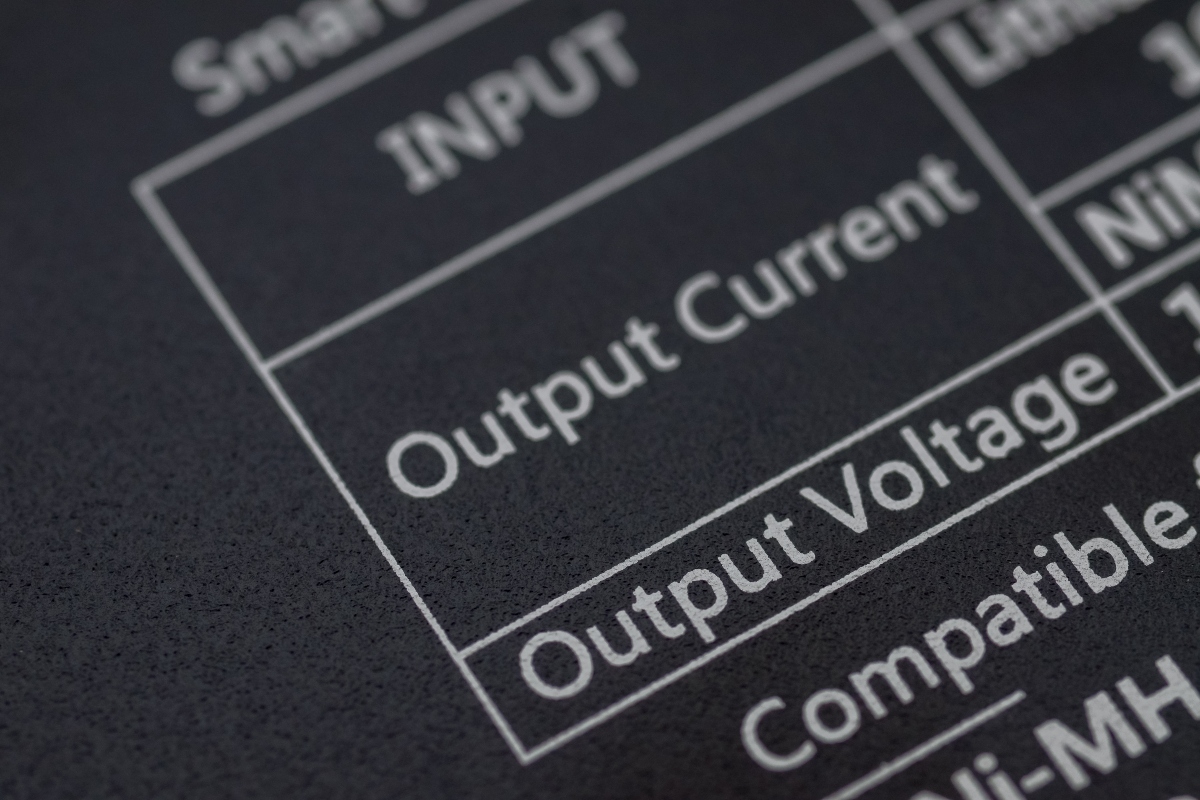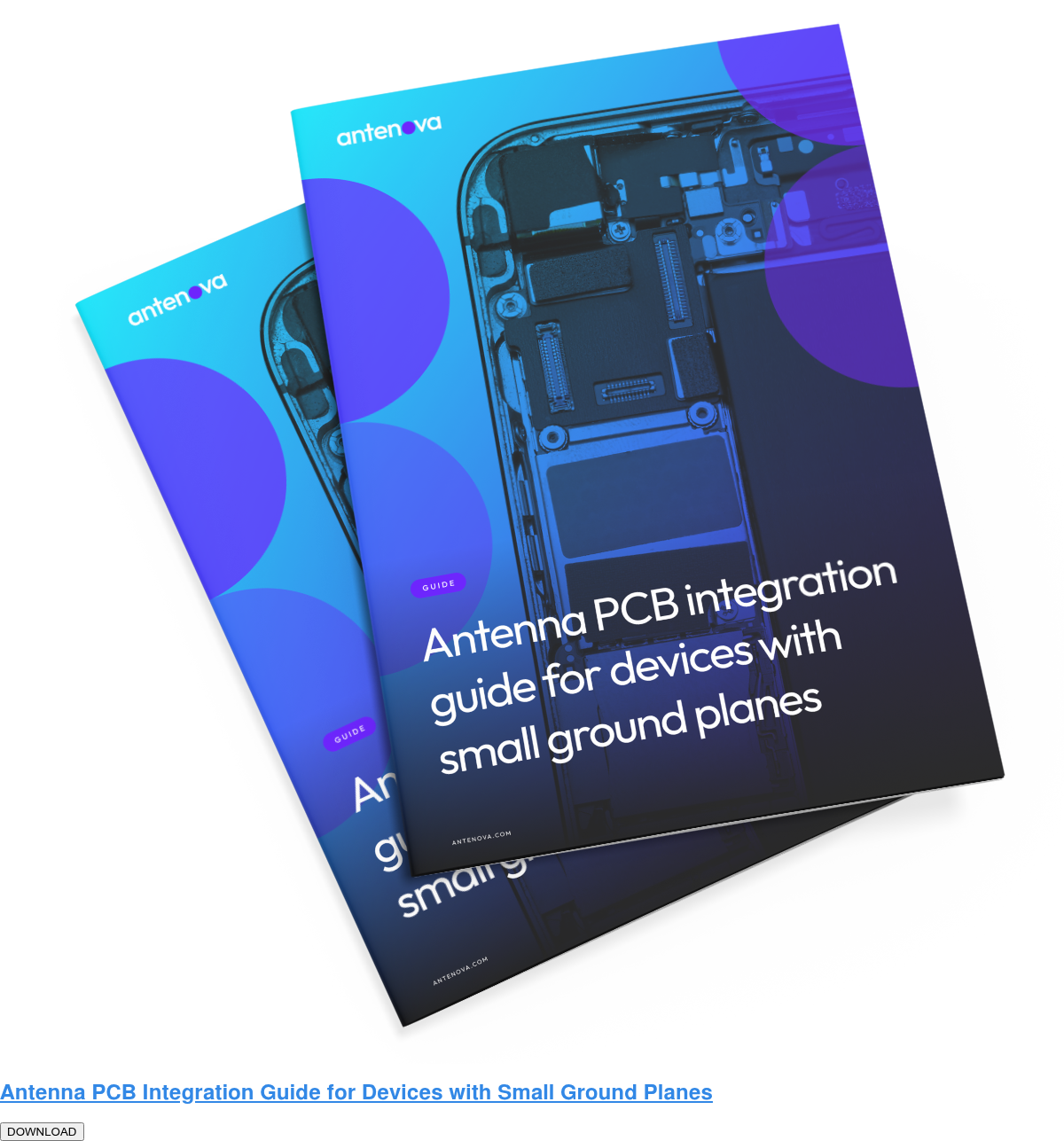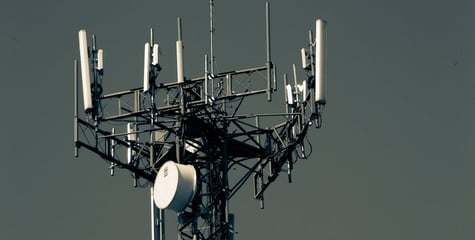As devices become more complex and connectivity standards expand, testing and certification requirements also change to meet this complexity. What was once a relatively straightforward process of proving radio compliance has evolved into a multi-layered challenge.
Modern testing frameworks now account for device performance in real-world conditions, interoperability across multiple wireless standards and even resilience against cybersecurity threats.
For designers and manufacturers, keeping pace with these updates is crucial to ensure compliance, interoperability and market readiness.
The growing complexity in wireless certification
Traditionally, certification focused on proving that devices adhered to regional radio regulations (such as FCC in the US or CE in Europe). Today, requirements extend beyond basic compliance. Devices are now expected to demonstrate robust wireless performance in real-world conditions, including crowded frequency bands, multi-protocol environments and highly variable operating environments.
Similarly, industrial IoT (IIoT) deployments demand certification processes that emphasise low-power, long-range networks such as NB-IoT and LoRa. Devices must prove that their antennas deliver reliable performance over extended lifecycles, often in harsh or remote environments.
New standards for smart infrastructure
The rise of electric vehicles (EVs) and vehicle-to-grid (V2G) technology has introduced standards like ISO 15118-20, which formalises “Plug & Charge” functionality for secure and automated charging. Devices need to be tested for regulatory compliance as well as interoperability across global EV charging ecosystems. Wireless communications here are critical for firmware updates, secure authentication and bi-directional power flow management.
Focus on security and interoperability
Regulators have been increasingly looking into cybersecurity and interoperability testing. With wireless devices handling sensitive data in healthcare, energy and logistics, regulators are requiring stronger encryption and resilience against interference. For example, GPS trackers in the cold chain sector are expected to deliver accurate, traceable location data that integrates seamlessly into blockchain-based smart contracts. Certification ensures that these devices transmit data securely and reliably to protect businesses and customer data.
Accelerating time to market
Another shift in testing is the focus on design for compliance from the outset. Antenna integration plays a pivotal role here. Poorly designed antenna placement can delay certification and add costly redesign cycles. By considering certification requirements early in the product design phase, companies can shorten development timelines and improve first-pass success rates.
Antenna integration as the key to certification
Antenna integration is an important success factor when it comes to certification. Poor antenna placement or selection can lead to signal attenuation, inconsistent connectivity or excessive power consumption, all of which can jeopardise compliance with both regulatory and performance-based tests. For instance, devices such as smart meters or industrial sensors are often deployed in environments where signals are naturally weakened by obstacles or enclosures. Without carefully considered antenna integration, these devices risk failing certification for reliability and efficiency.
Interoperability and cybersecurity requirements also hinge on strong, stable wireless connections. A device that cannot reliably maintain its link across different networks or protocols will struggle to demonstrate compliance, even if its internal software is secure and standards-aligned. By prioritising antenna design early in the development cycle, manufacturers avoid the risk of certification delays and ensure their devices deliver the seamless, trusted connectivity that is expected.
The road ahead
With wireless ecosystems expanding, future certification regimes are likely to integrate more performance-based testing, including stress tests for latency, reliability under interference, and sustainability of power consumption. For innovators, this means investing in antenna solutions and wireless design strategies that don’t just meet minimum standards but exceed them.
At Antenova, we see certification as an opportunity and a chance to design products that are compliant and more efficient, secure and future-ready. By building antenna solutions that perform reliably in the most challenging environments, we help device makers navigate evolving requirements and deliver wireless technologies that can be trusted worldwide.
Take a look at our full range of antennas here to find the best one for your device. To find out more about antenna integration, download our guide below.




